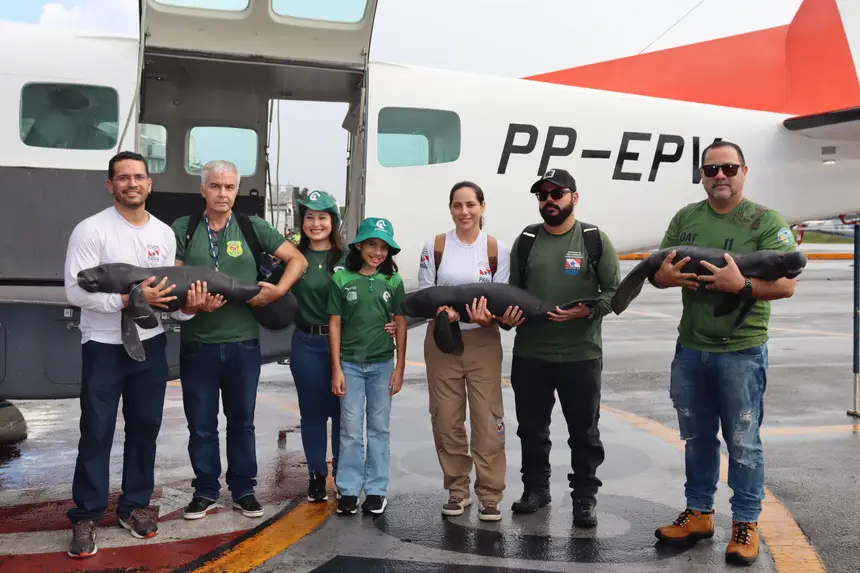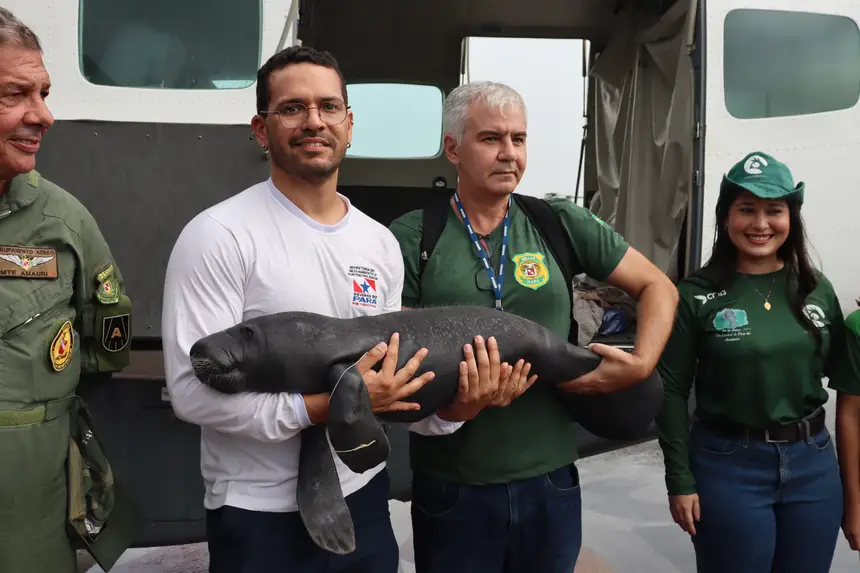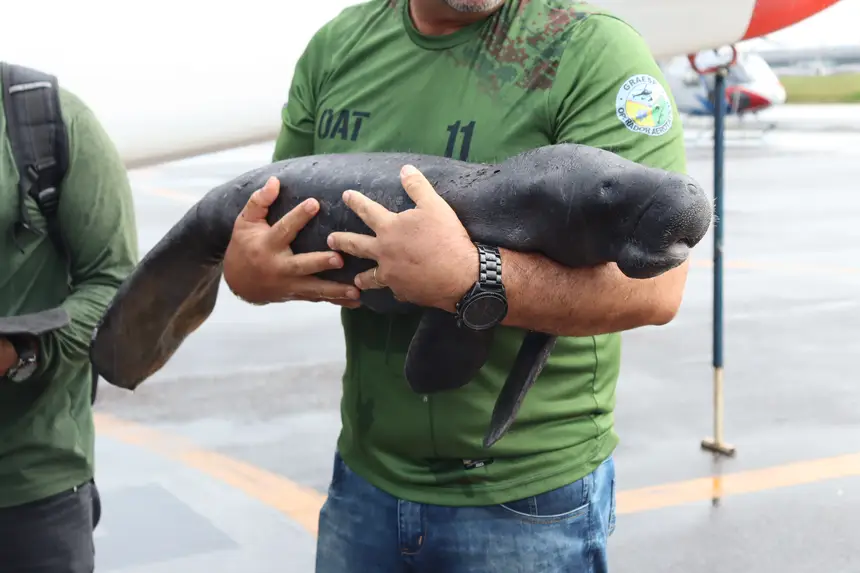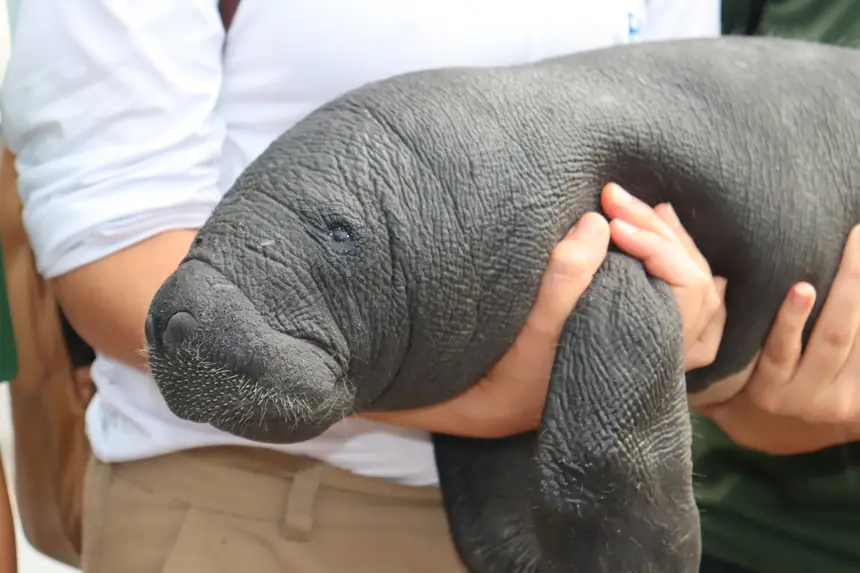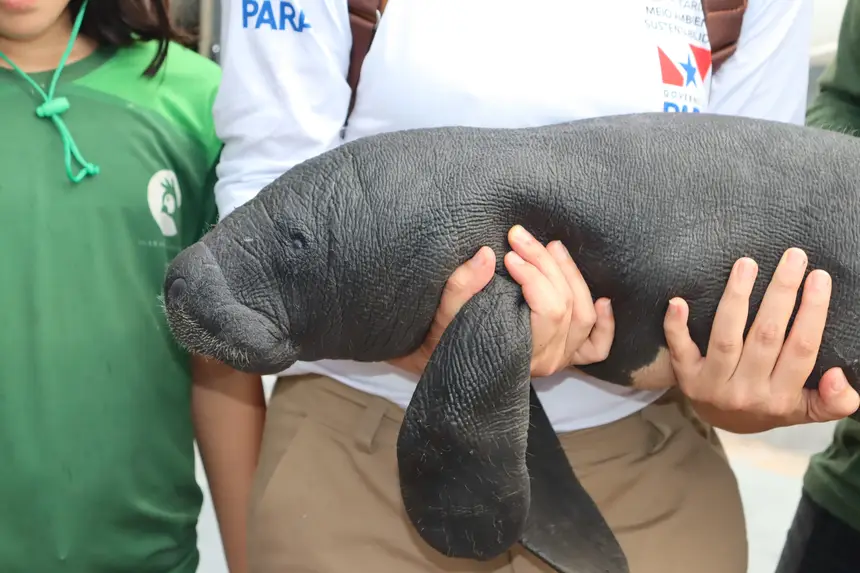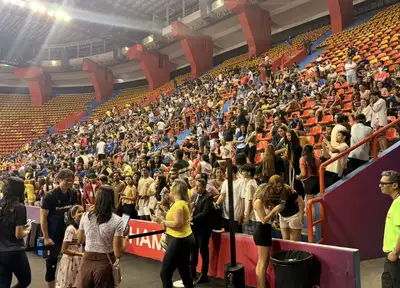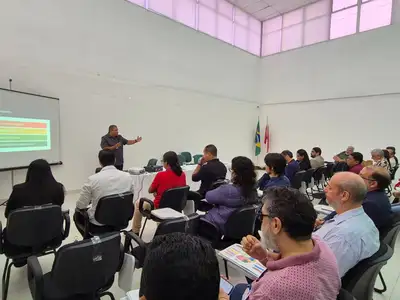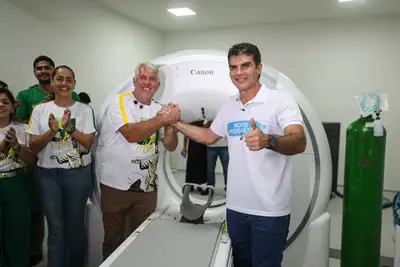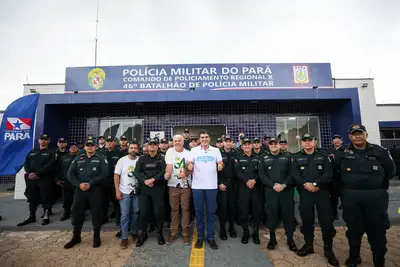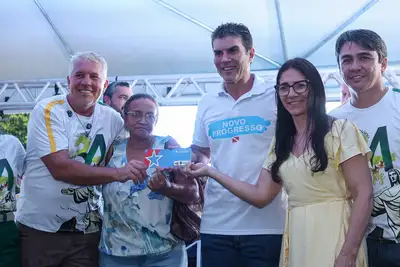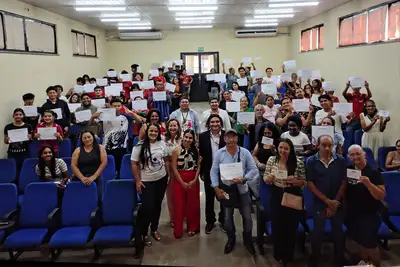Semas rescues three manatee calves in Santarém
The operation was a joint action of Semas with several environmental agencies and non-governmental institutions
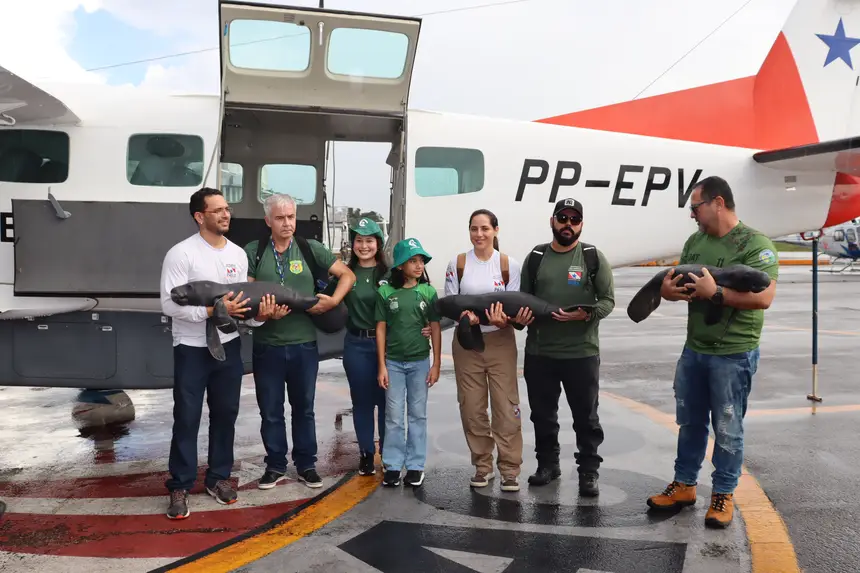
The Secretary of Environment and Sustainability of Pará (Semas) carried out, last Wednesday (30), the rescue of three female manatee calves, originating from the communities of Boca dos Currais, Casa Grande, and the Resex Tapajós Arapiuns, in Santarém, in the Lower Amazon region. The animals were sent to the Wildlife Rehabilitation and Screening Center of the Federal Rural University of Amazon (CETRAS-UFRA), in Belém, and this Thursday (01), they were transferred to the Bicho D’água Institute in Castanhal, where they will undergo rehabilitation.
“From November 2024 to April 2025, 10 manatee rescues were carried out, thus the implementation of the manatee conservation program in Pará coordinated by the Brazilian Institute of Environment and Renewable Natural Resources (IBAMA), and the public policies regarding fishing agreements have an influence on this search by environmental agencies for assistance in the conservation of wildlife, as it generates community engagement with the State. Today, the community members know whom to turn to, where to seek help, and know they will be assisted; the technical cooperation agreement between the involved institutions is essential for the success of these operations,” highlights Talita Praxedes, Manager of Aquaculture and Fishing Fauna at Semas.
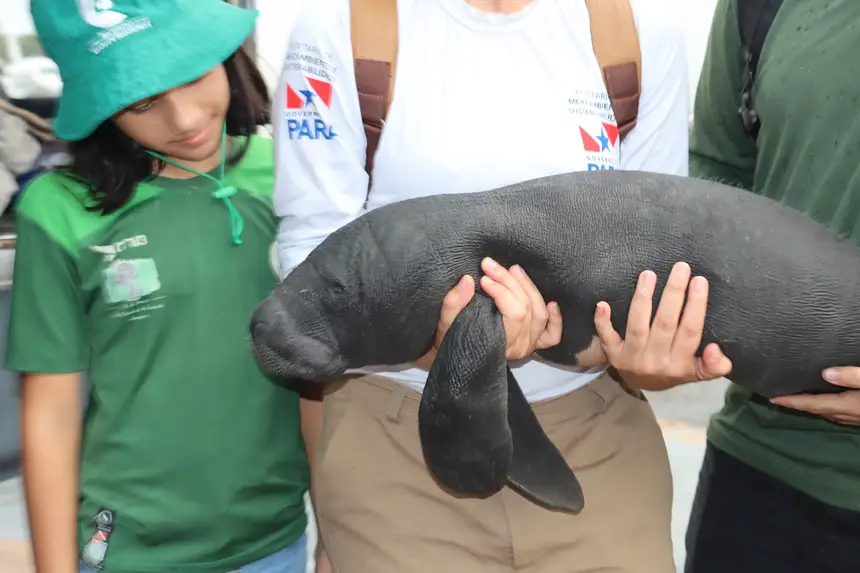
The Igarapé-Nhamundá Institute contacted Semas after the first calf was found alone. Observations of the area were made and an active search for the calf's mother was conducted, but she was not found; for this reason, the community members took the calf to the Igarapé-Nhamundá Institute for knowledge, assistance, and communication with the State's Secretary of Environment.
“The Institute is sensitive and cannot remain indifferent to the aggression that manatees have been suffering; it seeks to contribute to the survival and conservation of the species with the support of other environmental protection entities. Today, with the regularization of Fishing Agreements by Semas, there is an opportunity to also add protection to other aquatic species in the region (turtles, dolphins, among others). A behavioral change of the communities is already observed in light of these protective actions through the state government,” explains Maria Cristina Andrade, responsible for the Igarapé-Nhamundá Institute.
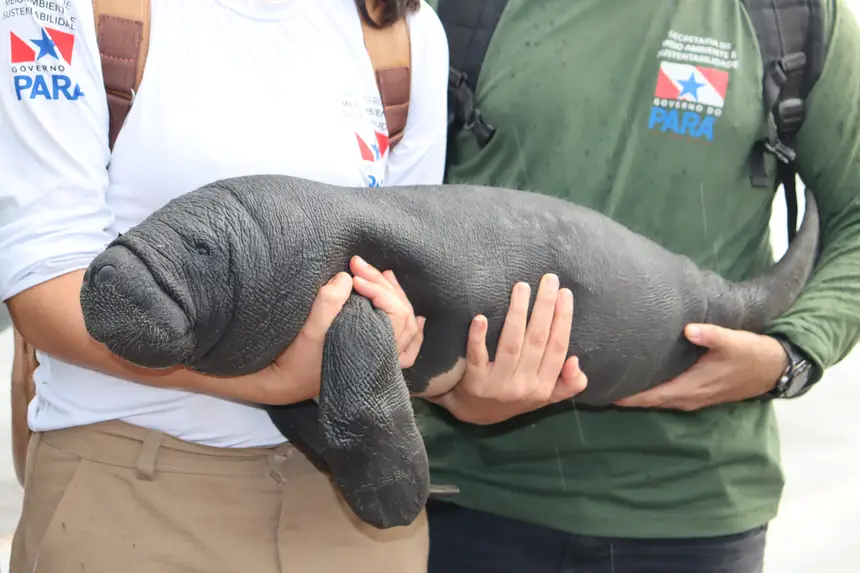
The second calf was found under a riverside residence, without its mother, and was also directed to the Igarapé-Nhamundá Institute where it received care until the time of transfer. The third calf was found in the Resex Tapajós Arapiuns, in the Mangal community, and was rescued by the community on April 24, but had been roaming the community's edge for more than a week, alone and without its mother. The Chico Mendes Institute for Biodiversity Conservation (ICMBio) was contacted on the same day of the rescue.
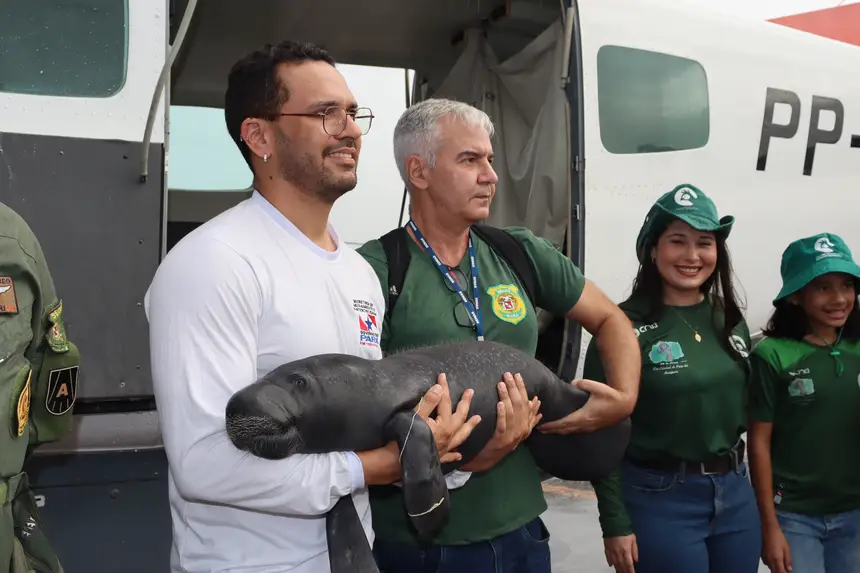
“It was found that the smallest calf measures 80cm in length, while the largest is 1.10m weighing approximately 21kg. They were located in areas functioning under the fishing agreement of Pará. Two of them, despite weight loss and dehydration, are stable, and the other is quite weakened, requiring intensive care,” concludes Talita.
The operation was an action by Semas through the Management of Wildlife and Fishing Resources (GEFAU) and the Management of Fauna, Flora, Aquaculture, and Fishing (GEFAP), in partnership with ICMBio (Santarém Unit), Nhamundá Institute, Bicho D'água Institute, State Secretary of Public Security and Social Defense through the Public Security Air Group (GRAESP), CETRAS/UFRA, and Ibama.
Text: Vinicius Silva/ Ascom Semas


